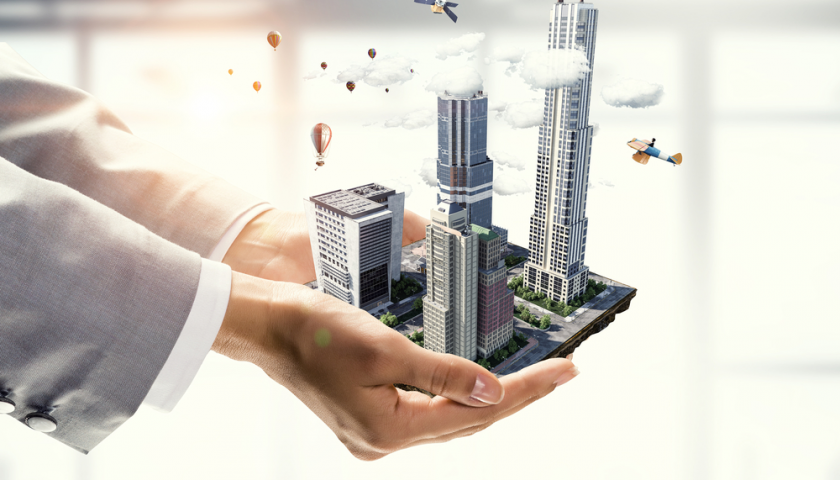Unveiling the Dynamics of Property Developers: The Architects of City Transformation
Unveiling the Dynamics of Property Developers: The Architects of City Transformation
Blog Article
Within the world in real estate development, developers have an important role in the shaping of the landscape, communities and economics. These individuals or organizations are the driving force behind the design, conception as well as the construction and marketing of various real estate projects, ranging from residential complexes and commercial projects. Their impact extends beyond just construction. they deal with regulatory frameworks, developments in the market, and social demands. Understanding the significance and impact of property developers provides insight into the complex nature of the real estate market and its larger implications.
The heart of the property industry is a vision to conceptualize and bring into existence spaces that can cater to the evolving needs of society. Developers create projects based upon the analysis of market trends, demographics as well as urban planning plans. Their foresight is the key to the success and longevity of their ventures, making decisions about location, design, and amenities. These include commercial, residential mixed-use, or residential developments their capacity to anticipate future demand shapes the appearance of the neighborhood and is the driving force behind the growth of their economy.
However, the pursuit of profitability can often clash with larger social concerns. One of the issues concerning property developers is the issue of growing gentrification. In the event that they invest in neglected neighbourhoods or in historical areas, property values rise in order to attract wealthy people and firms. This brings life into once-decaying areas but it also displacing local businesses and residents who are long-time residents increasing socio-economic inequality. Finding a balance between revitalization initiatives and conservation of identity for communities and accessibility remains a huge challenge for developers and policymakers alike.
In addition, the environmental consequences of construction projects can't be overlooked. Property developers are increasingly under pressure to adopt sustainable practices that reduce carbon footprint as well as preserve the green areas and increase energy efficiency. Sustainable design features such as green roofs, rainwater harvesting systems, as well as LEED certification have been standard aspects in the modern development. More than just complying with laws, developers are recognizing the long-term benefits of environmentally sustainable initiatives. These include cost savings, market competitiveness and a favorable public image. To gather more information kindly look at akisama.com.my/
However, the quest for development is not without its problems and controversy, frequently demanding complex talks with local governments environmental protections, as well as opposition from communities. Some critics argue that the rapid growth of cities caused by developers can cause the problems of gentrification and exclusion of Indigenous communities and degradation of the environment. In the battle to balance economic demands with social as well as environmental sustainability is an ever-present challenge to the development industry.
In the pursuit of profit real estate developers bear the responsibility of sustainability and impact on society. Design practices that are sustainable, energy efficiency, and green spaces are increasingly focused on to lessen the environmental footprint and increase the quality of living. Furthermore, developers play a pivotal role in affordable housing initiatives to address societal inequality and housing insecurity. By embracing sustainable and inclusive development practices, developers not only reduce the risk of disasters, but they also contribute to the long-term resilience and the vitality of communities.